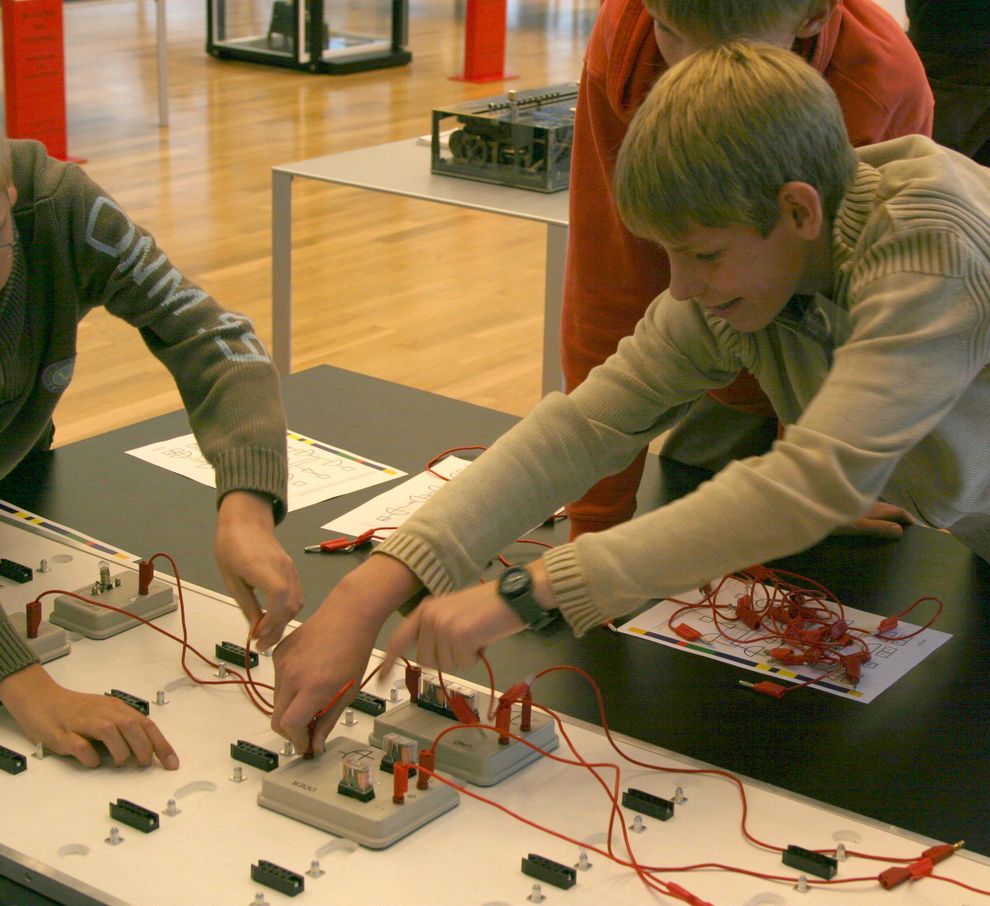1+1=10 - How does a computer calculate
Most people own a computer, but who knows exactly how it calculates? A computer is always calculating, even when you use it to write a text or play a game. But how does it work?
The computer only knows the two states “power on” and “power off”, which corresponds to the numbers 1 and 0. So it doesn't calculate in decimal, but in binary. The children learn how to convert numbers into the other system and how the four basic arithmetic operations are calculated in the binary system. Some of them are much simpler than in the decimal system, in which we usually calculate.
The heart of a computer is the microprocessor. This computer chip consists of many millions of switches, the so-called transistors, which are wired together. However, these transistors are not randomly connected to each other, but are combined in the smallest units to form logical circuits such as AND, OR and INVERTER.
These circuits can be used to build a full adder, for example. This is an assembly that can be used for binary addition. The children can assemble such a full adder themselves and check at the end with the help of lights whether their full adder is calculating correctly. The elementary functioning of computers is thus explored in a playful way and the mystery surrounding the computer is revealed bit by bit.







